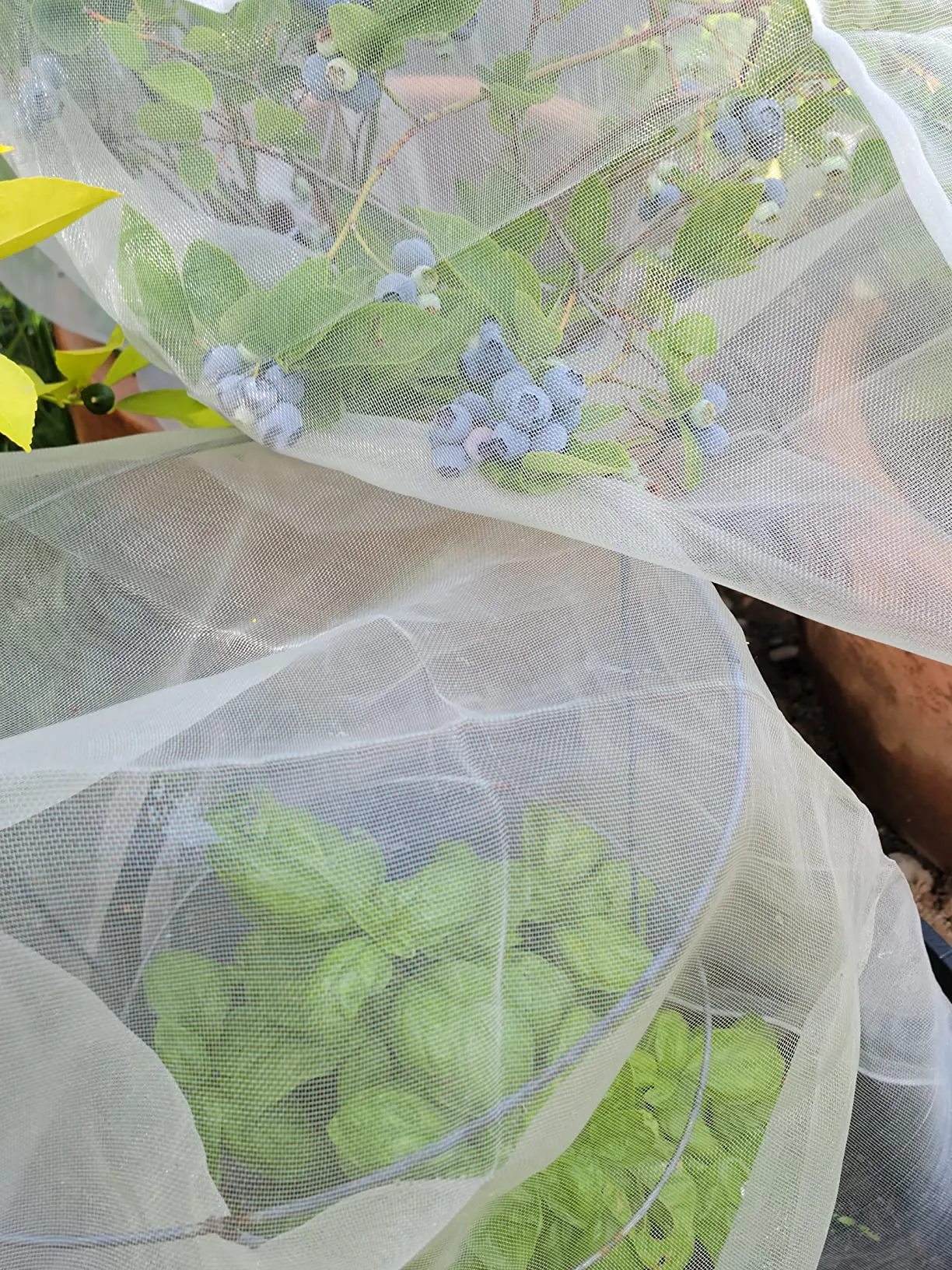-
 Afrikaans
Afrikaans -
 Albanian
Albanian -
 Amharic
Amharic -
 Arabic
Arabic -
 Armenian
Armenian -
 Azerbaijani
Azerbaijani -
 Basque
Basque -
 Belarusian
Belarusian -
 Bengali
Bengali -
 Bosnian
Bosnian -
 Bulgarian
Bulgarian -
 Catalan
Catalan -
 Cebuano
Cebuano -
 China
China -
 Corsican
Corsican -
 Croatian
Croatian -
 Czech
Czech -
 Danish
Danish -
 Dutch
Dutch -
 English
English -
 Esperanto
Esperanto -
 Estonian
Estonian -
 Finnish
Finnish -
 French
French -
 Frisian
Frisian -
 Galician
Galician -
 Georgian
Georgian -
 German
German -
 Greek
Greek -
 Gujarati
Gujarati -
 Haitian Creole
Haitian Creole -
 hausa
hausa -
 hawaiian
hawaiian -
 Hebrew
Hebrew -
 Hindi
Hindi -
 Miao
Miao -
 Hungarian
Hungarian -
 Icelandic
Icelandic -
 igbo
igbo -
 Indonesian
Indonesian -
 irish
irish -
 Italian
Italian -
 Japanese
Japanese -
 Javanese
Javanese -
 Kannada
Kannada -
 kazakh
kazakh -
 Khmer
Khmer -
 Rwandese
Rwandese -
 Korean
Korean -
 Kurdish
Kurdish -
 Kyrgyz
Kyrgyz -
 Lao
Lao -
 Latin
Latin -
 Latvian
Latvian -
 Lithuanian
Lithuanian -
 Luxembourgish
Luxembourgish -
 Macedonian
Macedonian -
 Malgashi
Malgashi -
 Malay
Malay -
 Malayalam
Malayalam -
 Maltese
Maltese -
 Maori
Maori -
 Marathi
Marathi -
 Mongolian
Mongolian -
 Myanmar
Myanmar -
 Nepali
Nepali -
 Norwegian
Norwegian -
 Norwegian
Norwegian -
 Occitan
Occitan -
 Pashto
Pashto -
 Persian
Persian -
 Polish
Polish -
 Portuguese
Portuguese -
 Punjabi
Punjabi -
 Romanian
Romanian -
 Russian
Russian -
 Samoan
Samoan -
 Scottish Gaelic
Scottish Gaelic -
 Serbian
Serbian -
 Sesotho
Sesotho -
 Shona
Shona -
 Sindhi
Sindhi -
 Sinhala
Sinhala -
 Slovak
Slovak -
 Slovenian
Slovenian -
 Somali
Somali -
 Spanish
Spanish -
 Sundanese
Sundanese -
 Swahili
Swahili -
 Swedish
Swedish -
 Tagalog
Tagalog -
 Tajik
Tajik -
 Tamil
Tamil -
 Tatar
Tatar -
 Telugu
Telugu -
 Thai
Thai -
 Turkish
Turkish -
 Turkmen
Turkmen -
 Ukrainian
Ukrainian -
 Urdu
Urdu -
 Uighur
Uighur -
 Uzbek
Uzbek -
 Vietnamese
Vietnamese -
 Welsh
Welsh -
 Bantu
Bantu -
 Yiddish
Yiddish -
 Yoruba
Yoruba -
 Zulu
Zulu
Effective Bird Netting Solutions for Roofs to Protect Your Space from Nesting Birds
The Importance of Bird Netting for Roofs
Birds have long been celebrated for their beauty and freedom, but when they choose to nest or roost on rooftops, the consequences can be less than desirable for property owners. While many appreciate the presence of birds in urban landscapes, the reality is that their activities can lead to significant damage and health risks. This is where bird netting for roofs plays a critical role in maintaining the integrity of buildings and ensuring a healthy environment.
Why Use Bird Netting?
Bird netting serves as an effective deterrent against unwanted avian visitors. Many species, such as pigeons, seagulls, and sparrows, can cause a range of issues including structural damage, unsightly messes, and potential health problems. Bird droppings are highly acidic and can corrode roofing materials, leading to costly repairs. The accumulation of droppings can also result in clogged gutters, damaging drainage systems and exacerbating water damage to the roof and building structure.
In addition to physical damage, birds can be carriers of various diseases, including histoplasmosis and cryptococcosis, which can pose serious health risks to humans. By implementing bird netting, property owners can minimize these risks and protect both their investments and the health of their occupants.
Types of Bird Netting
Selecting the right type of bird netting for your roof is crucial for ensuring its effectiveness. There are various materials available, including polyethylene, nylon, and metal. Polyethylene netting is lightweight, UV-resistant, and cost-effective, making it a popular choice for residential and commercial buildings alike. Nylon netting, while more expensive, offers additional durability and resilience to harsh weather conditions. For long-term solutions, metal barriers may also be installed, providing a sturdier defense against larger birds.
When choosing netting, consider factors such as the size of the area to be covered, the species of birds you are dealing with, and the aesthetic impact on your building’s appearance. It’s vital to select a mesh size that prevents birds from passing through while allowing air and light to penetrate.
bird netting for roofs

Installation and Maintenance
Proper installation of bird netting is critical for its success. It’s often best to consult with professionals who specialize in pest control or bird management. They can assess the unique challenges posed by your property and recommend a tailored solution. The installation process generally involves securing the netting around the roofline, ensuring no gaps are left that would allow birds to enter.
Maintenance is also essential to ensure that the netting remains effective over time. Periodically inspect the netting for any signs of wear, damage, or degradation. Addressing any issues promptly can prolong the lifespan of the netting and maintain its effectiveness.
Additional Bird Management Techniques
While bird netting is an essential tool, it is often most effective when used in conjunction with other bird management techniques. For example, physical deterrents such as spikes, sound devices, or visual scare tactics can complement netting systems. Identifying and removing nesting materials that attract birds can further reduce the likelihood of nesting.
Conclusion
Bird netting for roofs provides an essential solution for property owners looking to safeguard their buildings from the adverse effects of bird activity. It promotes a harmonious relationship between urban architecture and wildlife, allowing for human use of space without compromising the needs of our feathered friends. With proper installation and maintenance, bird netting can create a long-term barrier, ensuring that both roofs and their occupants remain safe and healthy. As we strive for coexistence with nature, measures like bird netting reflect our commitment to responsible stewardship of our environments.
-
Shipping Plastic Bags for Every NeedNewsJul.24,2025
-
Safety Netting: Your Shield in ConstructionNewsJul.24,2025
-
Plastic Mesh Netting for Everyday UseNewsJul.24,2025
-
Nylon Netting for Every UseNewsJul.24,2025
-
Mesh Breeder Box for Fish TanksNewsJul.24,2025
-
Expanded Steel Mesh Offers Durable VersatilityNewsJul.24,2025











